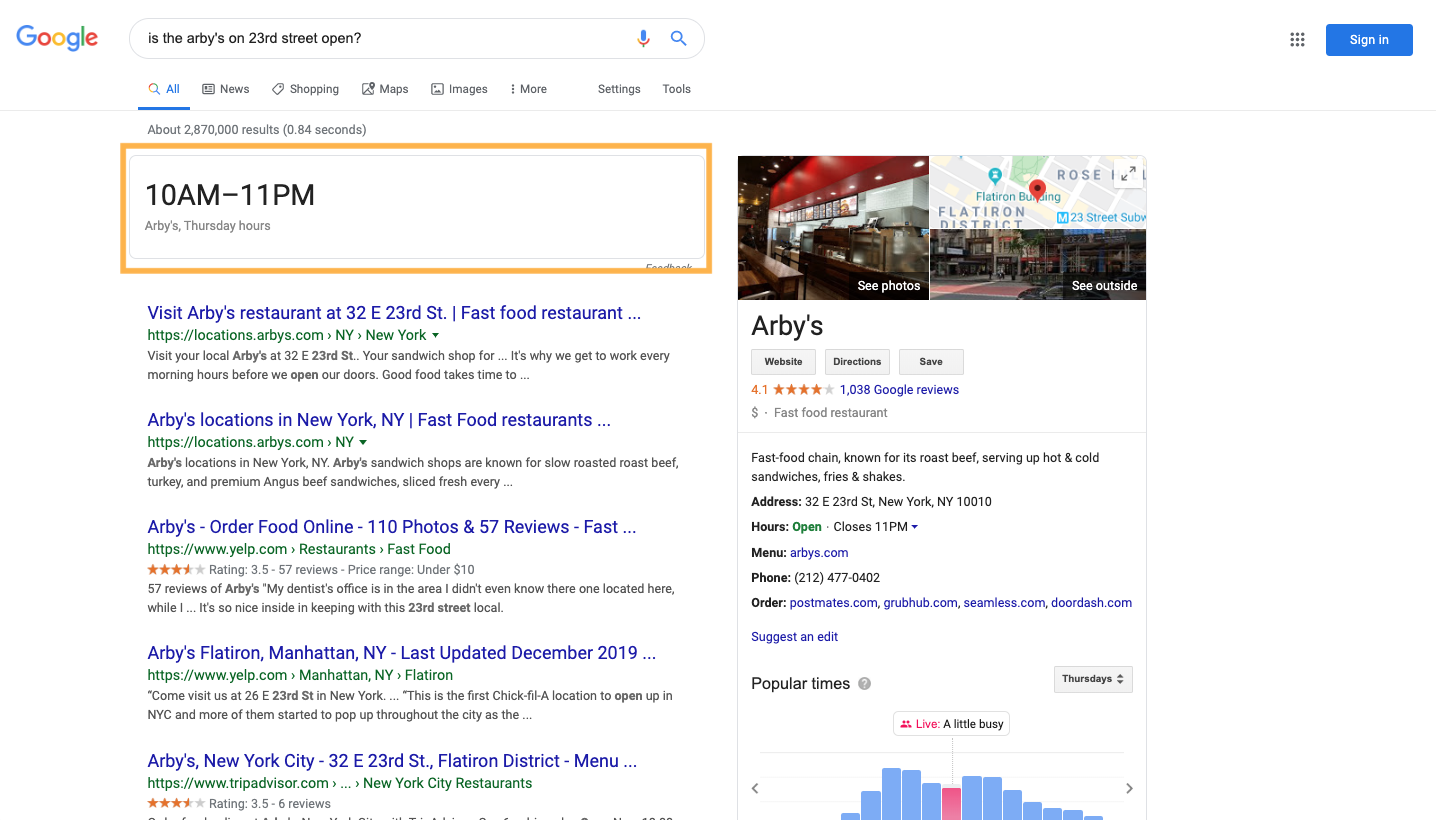Introduction to AI-Powered Search | Yext Hitchhikers Platform
What You’ll Learn
In this section, you will learn:
- Introduction to AI-powered search in the new customer journey
- The key components of AI-powered search
Search is Everywhere
Search is on your website, your apps, your help site, your intranet, and nearly every other place people are looking to engage with your brand.
People expect the ability to ask questions in their own words, and to get a direct answer to their question. That’s why the best digital experiences are built on natural language search.

Components of Search
For being just one component of a website, site search can be very complex. Here are a few key components that we will reference throughout the rest of this track:
Bounce Rate - The bounce rate is the percentage of site visitors who leave your website after visiting a single page.
Crawling - Website Crawling at a high level is using an automated software to scan through webpages. The goal here is to be able to digest the website’s content to make it searchable. Website crawlers have the ability to look into links on a page to continue to fetch and index content.
Direct Answers - A direct answer is a concise result, such as a: knowledge card, phone number, calorie count, or other piece of discrete information that addresses the intent expressed in the user’s query. Direct answers are possible when the search technology is using a knowledge graph to map the relationships between data as opposed to indexing keywords as index-based search does.

Entity - A real world object within your business’ knowledge graph, such as a job, an event, a location, a professional, an FAQ, or a product.
Federated Architecture - Federated Architecture (or “Federated Search”) is a technology framework that allows a search engine to search across multiple data sources and to aggregate the results in one unified experience.

Indexing - Indexing is a technique used to find and organize data by mapping keywords to documents, often pulling from many different databases.
Semantic Search - Semantic search is a search technique in which a search query aims to find keywords and determine the intent and contextual meaning to improve surfaced results.
Document Search - Document Search, powered by the Extractive QA algorithm, searches unstructured documents such as blogs, bios, or help articles, and provides direct answers to searchers.
Universal Search - Universal Search can be used as a form of site search for consumers to learn anything about a brand, and when used effectively, should be the entry point into Search on your website. It searches across different Vertical Search experiences via a federated architecture to deliver users with the best results.
Vertical Search - Vertical search is typically a search tool that isolates a user’s search to a single entity type, like locations, professionals, or products. It is optimized (most often) for a single entity type, such as locations, providers or products, or an index-based search, like the blue-links. The UI’s of Vertical Search can vary widely, and a good Vertical Search should adjust the UI depending on the type of entity being searched.
Machine Learning - Machine Learning is the technology by which algorithms learn and improve over time by analyzing data and patterns in that data, without requiring explicit programming of these advancements or any sort of human intervention.
Dynamic Reranking - Dynamic Reranking uses machine learning to rerank results based on user engagement data. Our team has trained a complex model that reranks FAQs in order of their likelihood to be clicked by the user. This model will become smarter over time as it is fed more user interaction data.
Query Rules - Administrators can set custom rules so that when certain search criteria is present, it should trigger a particular action in the search results. For example, you can set a rule if the query contains a certain keyword, that a particular blog post entity be boosted in search.
Experience Training - Experience Training allows administrators to train our search algorithm by providing feedback on its predictions. While our algorithms are extremely accurate and getting smarter by the day, no algorithm can be perfect. Occasionally the results surfaced will not be the results you had in mind. With your input on a specific search term, you can fix that query instantly and help Search improve the relevancy of results over time.
Yext’s Five Categories of Search
There are endless possibilities when it comes to search use cases. Some of the most common types we see our customers implement include: marketing, ecommerce, support, workplace, and developer search.
With Marketing Search, you can deploy AI-powered search on your websites to power site search, or specialized search experiences like a career site.
With Support Search, you can add AI-powered search to your external help sites and internal agent portals to resolve customer issues faster.
With Developers Search, you can add AI-powered search to the products your developers build.
With Ecommerce Search, you can leverage AI-powered Search for product discovery and purchase flows.
With Workplace Search, you can create a powerful employee intranet search experience.
True or False: Direct Answers are when a search engine provides a list of links.
Which of the following is a technology framework that allows a search engine to search across multiple data sources and to aggregate the results in one unified experience?
Google’s different search experiences such as Shopping, Maps, or News, are examples of what?
You're a star! ⭐

